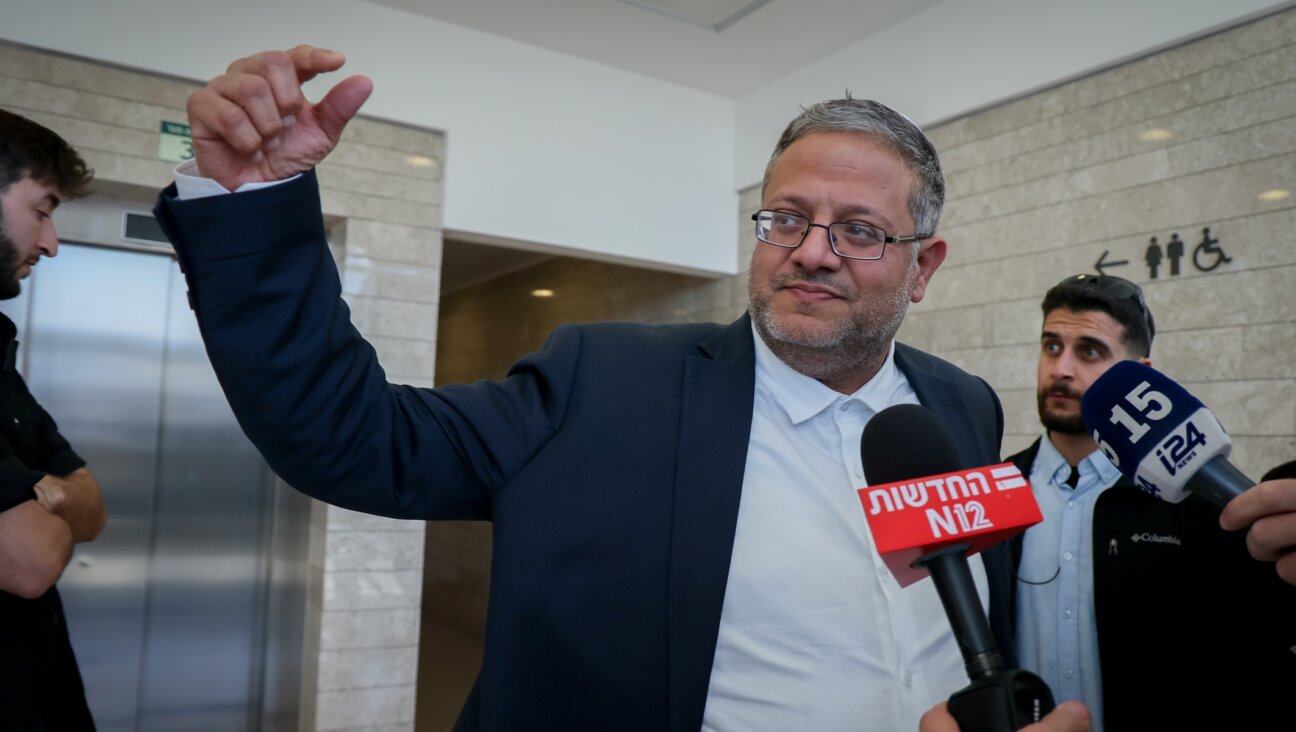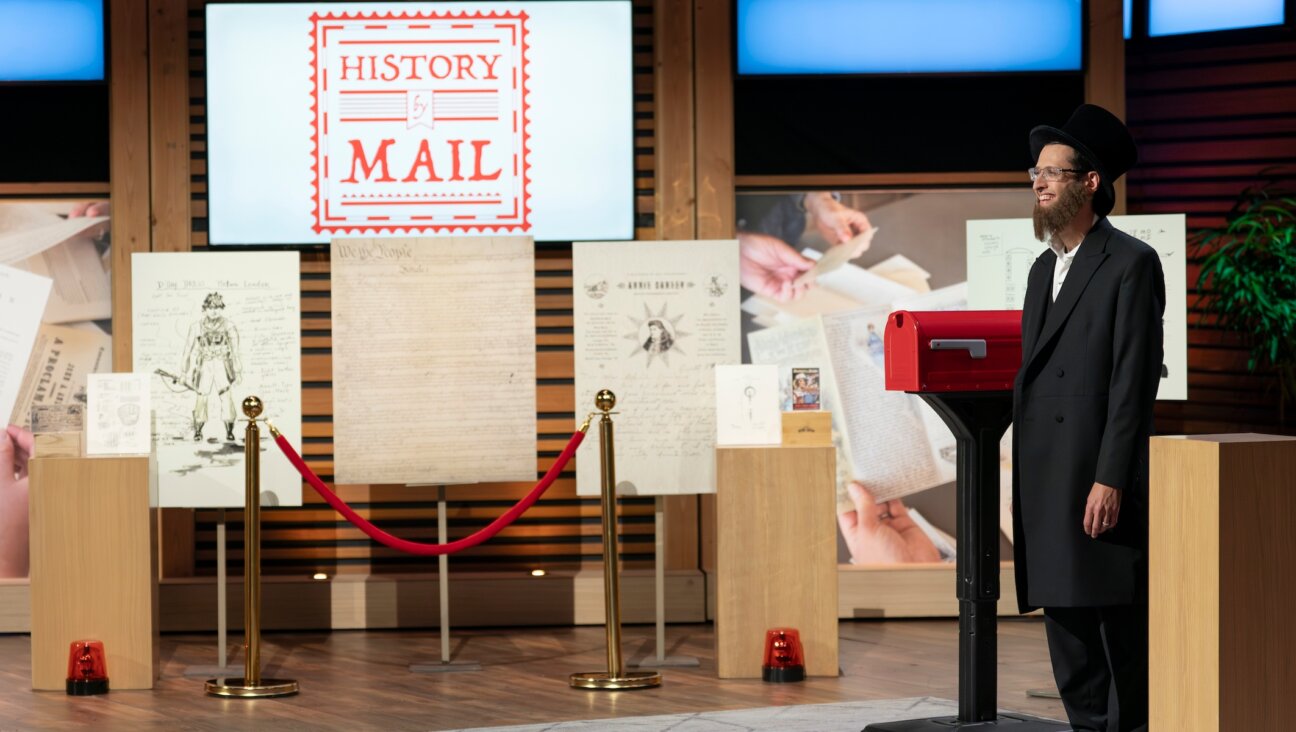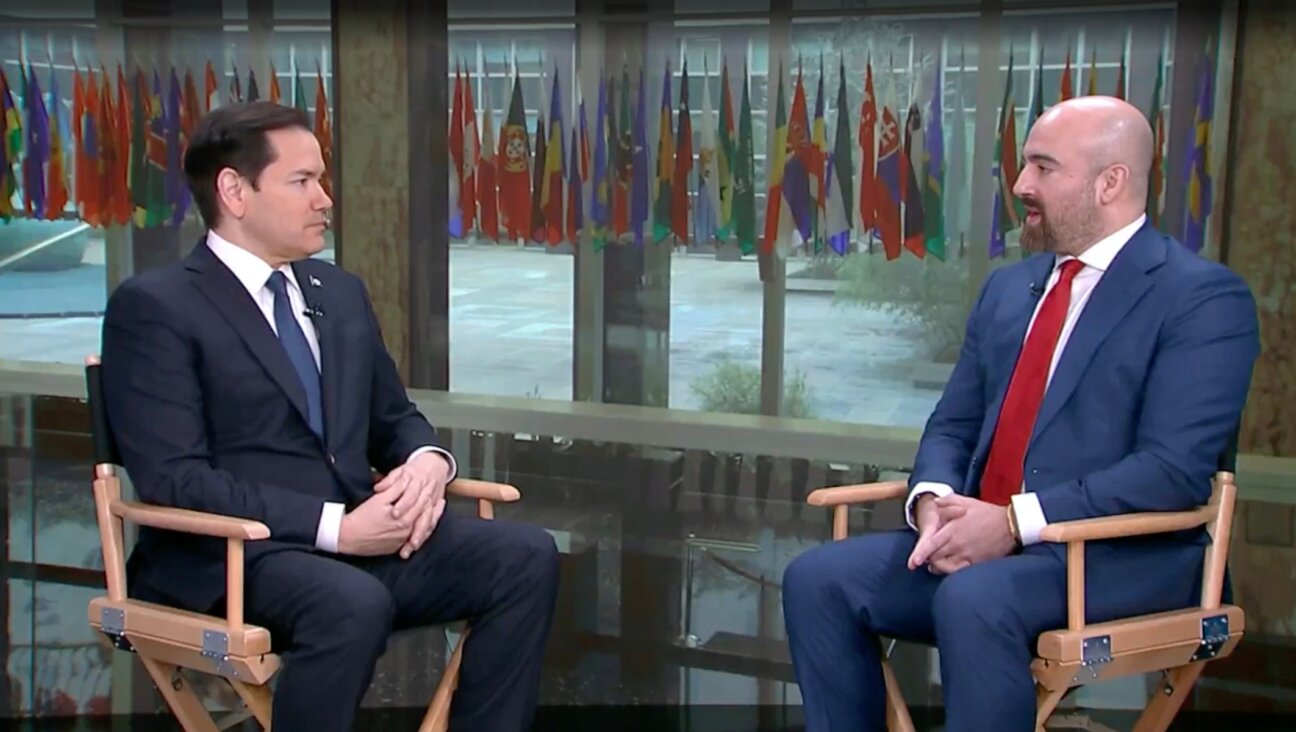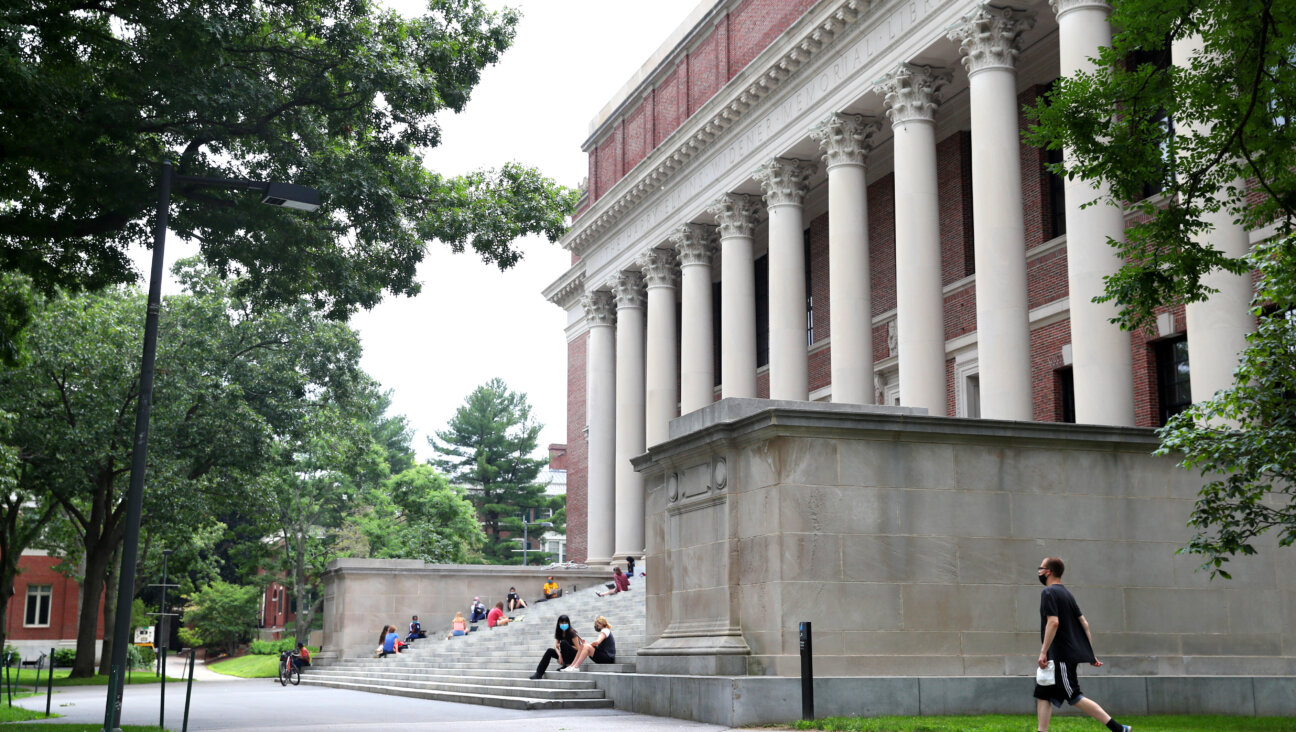British Museum in Moral Quandary Over Stolen Art
The British Museum wants to return a set of drawings stolen from a Jewish family by the Nazis — but in this case, doing the “moral” thing is against the law.
At stake are four old master drawings that were taken in 1939 from the Feldmanns, a Czech family, and sold to the British Museum after the war for nine guineas. The museum has stated its “moral obligation” to return the drawings, but last week a judge in London ruled that the British Museum Act of 1963 does not permit the museum to part with most objects in its collections, including the Feldmann drawings.
Officials at the British government’s Department for Culture, Media and Sport now say they are working to draw up legislation that would allow Nazi-looted art to be exempted from the 1963 law. But parliamentary committees in 2000 and 2004 recommended that similar legislation be created, and it has not happened yet. Even if the government starts work now, it will take more than a year before a measure is able to become law
“There’s definitely a need to amend the current legislation,” said Georgia Parks, a spokeswoman for the department. “If we have cases where the museum is saying ‘Yes, we’ll hand it back,’ and we have laws preventing it, then we have a problem.”
The complicated legal process involved in returning the drawings reflects the confusing matrix of laws and local attitudes confronting families that are attempting to recover art stolen during World War II. The Feldmanns had more than 750 drawings before the war. As far as documentation of the family’s ownership of the works is concerned, the level is similar for virtually all the drawings, but so far only the 136 that ended up in the Czech Republic have been returned to the family.
“The situation throughout the world remains very complicated,” said Anne Webber, executive director of the Commission for Looted Art in Europe, a nonprofit organization that has been helping the Feldmann family win back its drawings. “The possibility of recovering Nazi-looted art remains determined for the most part by the accident of where that looted art has come to rest.”
In the late 1990s an effort was launched to streamline the process, with 40 countries signing the so-called Washington Conference Principles, declaring their intention to help ease the rules for returning art stolen during the Nazi era. But each country has followed through on this pledge differently. For example, in Austria there is now a law mandating the return of paintings from federal collections; but Russia has no such law and has released little information about the history of paintings in government-owned collections.
Even in Austria, though, paintings in private collections do not fall under the federal law, and one of the Austrian collections with the most looted art — the Leopold Museum — is exempted from the federal law. Perhaps the most famous art restitution case involves two Egon Schiele paintings from the Leopold Museum that were impounded by the Manhattan district attorney in 1998 when they were sent to New York for a show at the Museum of Modern Art. Such is the state of international law that one of those paintings still sits in a Manhattan warehouse, awaiting a conclusion to the legal battle.
Sometimes the lack of documentation from the war years adds to the problems. But in the case of the Feldmann family, the history of the drawings is well documented.
Arthur Feldmann, a Jewish lawyer in the Czech town of Brno, bought the disputed drawings at an auction in Switzerland in 1934 and added them to his extensive collection, which was held in specially built drawers at his home.
The Nazis invaded Czechoslovakia on March 15, 1939, and, according to numerous testimonies, within hours the Gestapo had occupied the Feldmann home and evicted the family, allowing them to take only one suitcase. In many countries, the Nazis sent scouts to search for valuable art collections before invading, and the quickness with which Feldmann’s house was occupied has led researchers to believe that the Nazis knew about his collection.
Feldmann was tortured and killed in a nearby fortress, and his wife ended up in Auschwitz, where she died. The drawings at the British Museum were not documented again until 1946, when Sotheby’s put them up for auction. When the Feldmann heirs brought forward their claim in 2002, the British Museum trustees decided that it represented a “unique moral claim which they wish to meet.”
A parliamentary committee in 2000 already had foreseen that the 1963 British Museum Law might block the return of some objects.
“It is essential that legislative barriers to such restitution be removed,” the committee wrote in its report in 2000. “It would be absurd if restitution were not possible… due to the dilatoriness of Ministers in the Department of Culture, Media and Sport.”
However, the department has been slow to act. Parks, of the department, said it was only with the Feldmann case that her department decide to put together a legal team to create legislation.
“For us, it wasn’t a departmental priority,” Parks said. “We wanted to wait until more cases came to light. That’s what has happened.”
Under British law, the soonest that new legislation could be introduced is in the Queen’s Speech, which takes place next spring. Parks said her department is planning to have something prepared by then.
The creation of this legislation is a delicate task, because of the museum’s desire to protect antiquities in its collection that other foreign parties might seek to claim.
Recently, Greece has pushed the British Museum for the return of the Elgin Marbles, the statuary taken from the Parthenon in Athens. In a press release following the judge’s decision, the British Museum was quick to point out that a parliamentary committee in 1816 accepted “that Lord Elgin had acquired the Parthenon Sculptures lawfully,” and said the Elgin Marbles had no bearing on the current case.
The parliamentary committees of 2000 and 2004 praised the British Museum for its efforts to speed up the restitution of Holocaust-era looted art. Webber says she now hopes that museums in other countries will follow the lead of the British government.
“These families have been waiting for over 60 years,” Webber said. “Any further delay is simply prolonging the agony.”
The Forward is free to read, but it isn’t free to produce

I hope you appreciated this article. Before you go, I’d like to ask you to please support the Forward.
Now more than ever, American Jews need independent news they can trust, with reporting driven by truth, not ideology. We serve you, not any ideological agenda.
At a time when other newsrooms are closing or cutting back, the Forward has removed its paywall and invested additional resources to report on the ground from Israel and around the U.S. on the impact of the war, rising antisemitism and polarized discourse.
This is a great time to support independent Jewish journalism you rely on. Make a Passover gift today!
— Rachel Fishman Feddersen, Publisher and CEO
Most Popular
- 1

News Student protesters being deported are not ‘martyrs and heroes,’ says former antisemitism envoy
- 2

News Who is Alan Garber, the Jewish Harvard president who stood up to Trump over antisemitism?
- 3

Fast Forward Suspected arsonist intended to beat Gov. Josh Shapiro with a sledgehammer, investigators say
- 4

Politics Meet America’s potential first Jewish second family: Josh Shapiro, Lori, and their 4 kids
In Case You Missed It
-

Fast Forward Brooklyn event with Itamar Ben-Gvir cancelled days before Israeli far-right minister’s US trip
-

Culture How Abraham Lincoln in a kippah wound up making a $250,000 deal on ‘Shark Tank’
-

Fast Forward Marco Rubio sits down with Michael Benz, Jewish former Trump official with an antisemitic online persona
-

Sports Hapoel Tel Aviv nabs a European title, as 2 Jewish stars enter the NBA draft
-
Shop the Forward Store
100% of profits support our journalism
Republish This Story
Please read before republishing
We’re happy to make this story available to republish for free, unless it originated with JTA, Haaretz or another publication (as indicated on the article) and as long as you follow our guidelines.
You must comply with the following:
- Credit the Forward
- Retain our pixel
- Preserve our canonical link in Google search
- Add a noindex tag in Google search
See our full guidelines for more information, and this guide for detail about canonical URLs.
To republish, copy the HTML by clicking on the yellow button to the right; it includes our tracking pixel, all paragraph styles and hyperlinks, the author byline and credit to the Forward. It does not include images; to avoid copyright violations, you must add them manually, following our guidelines. Please email us at [email protected], subject line “republish,” with any questions or to let us know what stories you’re picking up.











